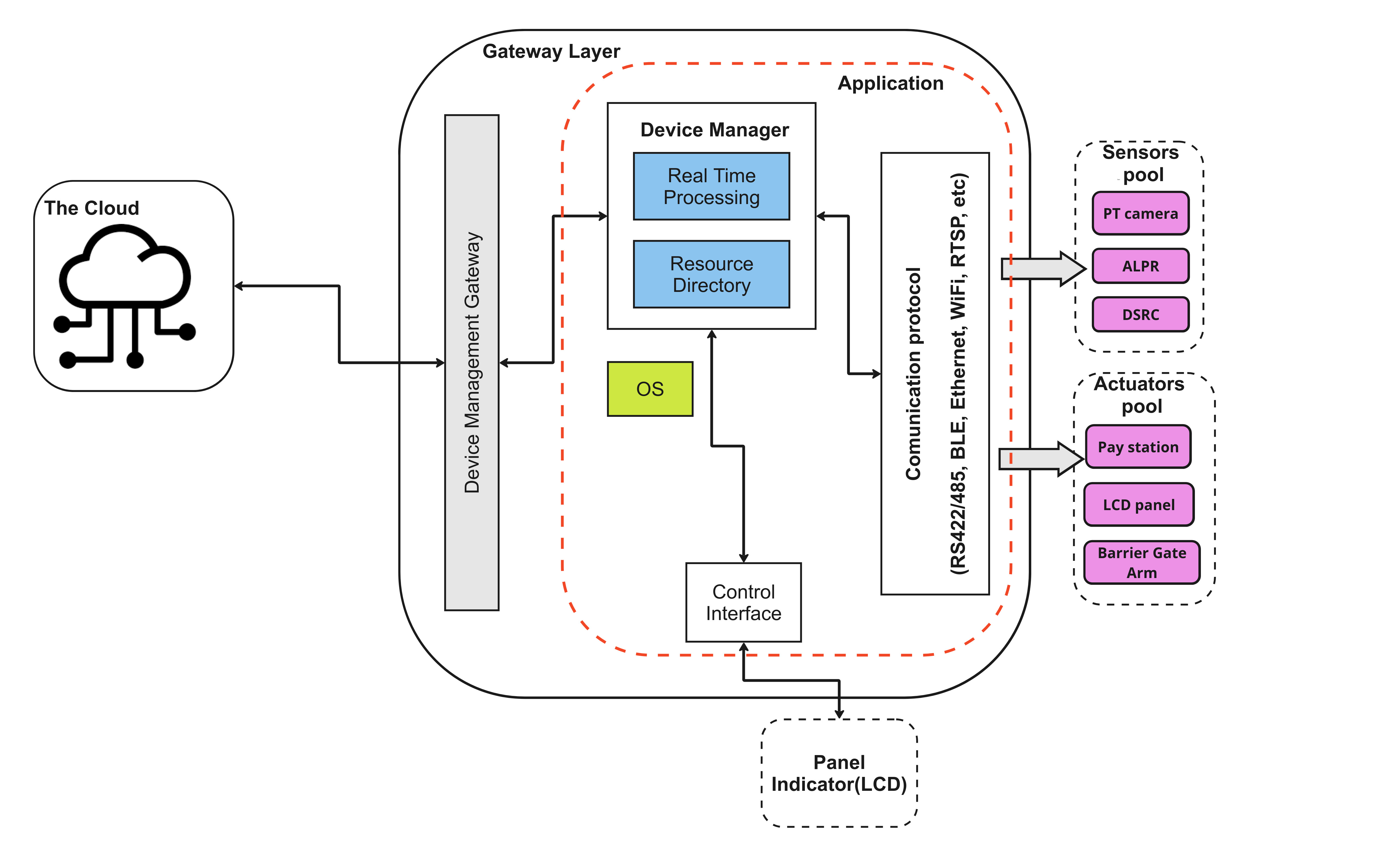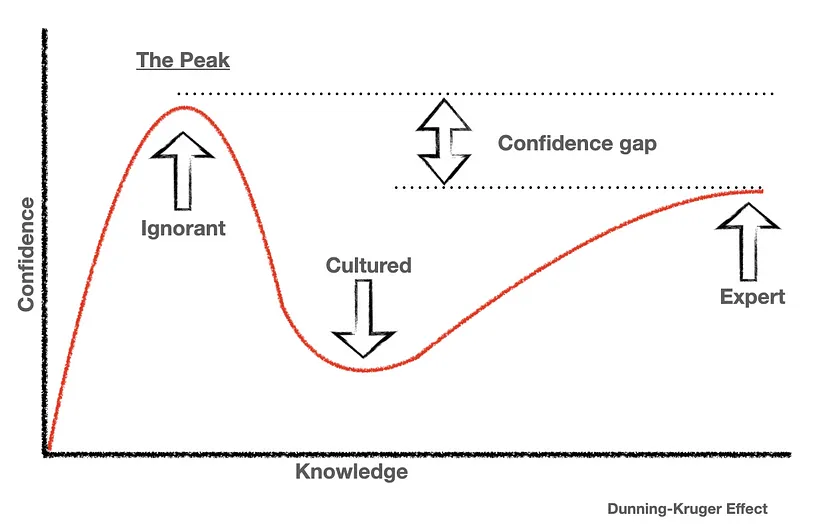The impact of the right technology and architecture on project success
In this post, we will journey through my personal experiences that underscore the critical role played by apt technology and architecture in project outcomes. We will see why getting these aspects right from the get-go is of paramount importance.
Story
I had the opportunity to dive into the fascinating world of parking and traffic systems – a field ripe with potential for IoT/IIoT solutions. This was a dream-come-true opportunity for me, reminiscent of my high school days tinkering with electronics and microcontrollers.
Once I started working on the project, however, I quickly realized that the existing system didn’t meet the business requirement. Delving into the system’s program, I found it was written in Earlang(it is a language created by the Ericsson Computer Science Laboratory in the mid-1980s for parallel and distributed computing). Although a renowned language trusted by top-tier entities like Facebook, Amazon, and Google, it wasn’t the perfect fit for our project, which necessitated operations on various types of devices like: PT camera, PT VMS, Pay station, proximity cards (RFID), Automatic License Plate Recognition (ALPR), Near-field Communication (NFC), Dedicated Short-Range Communications (DSRC), Overhead radars, Bluetooth, LCD panel UI realization and also different communication protocols.
My experience with the aforementioned project got me cogitating about a suitable technology that could help us navigate our way out of the predicament.
Thus, the quest for the ideal technology commenced. It needed to fulfill the following essential functions:
-
Implement drivers for diverse devices.
-
Implement essential business logic.
-
Implement a user interface for terminal devices, like LCDs. Although Electron had been in use, it came with several issues and generally did not seem to be a fitting choice.
In the course of my research, I revisited Qt, a software I had familiarized with during my university days. I also had an acquaintance who was proficient in using Qt.
Subsequent to crafting and demonstrating a successful Qt prototype application to the management, we received approval to transition from Earlang to Qt.
What is Qt?
To shed more light on Qt, it employs C++ code in conjunction with several non-standard extensions. Qt is a cross-platform application framework renowned for developing software applications with graphical user interfaces (GUIs). Notably, Qt provides tools and libraries to fabricate applications across desktop, mobile, embedded systems, and web platforms.
A feather in Qt’s proverbial cap is its comprehensive feature set. It features a powerful set of tools for GUI development, cross-platform support, graphics and multimedia support, and Qt Quick and QML for building modern UIs.
Our decision to switch to Qt was made easier by considering its widespread use globally in popular platforms like:
-
Desktop
- KDE Plasma
- LXQt
- Unity 2D
-
Embedded and mobile
- Tesla Model S in-car UI
- Mercedes
- webOS
- MeeGo
-
Platforms
- Skype
- Telegram
- Teamviewer
- Wireshark
- VLC media player
Rethinking Architecture
With Qt in place, we addressed another critical flaw in the project – the underwhelming architecture unsuitable for a full Machine-to-Machine (M2M) system.
I drafted diagram (Figure 1), and want to show you a multi component architecture was necessitated to accommodate the solution’s requirements and provide a versatile system. A well-planned multi component architecture would provide a future-ready solution catering to the customer’s requirements.

Figure 1 – An example of an IIoT Smart parking architecture
The graphic(Figure 1) above merely depicts the ideal structure of such a system. Regrettably, we encountered a system devoid of fundamental concepts, prompting us to discard the initial architecture.
This issue was exacerbated by the fact that a UI designer served as a crucial advisor to the project!!!

However, we managed to transition our code from Earlang to Qt and introduce a new architectural paradigm that set the stage for a more robust solution in the future.
Additional
An IIoT gateway typically consists of the following components:
Sensors/devices: These are installed in parking spaces to detect the presence or absence of a vehicle. Common types of sensors include sensors,actuators, video cameras etc. Field sensors or actuators are connected to I/O module masters. These I/O module masters transmit data to the on-premises PLC or IPC. The PLC/IPC is then connected to the IIoT gateway, which serves as a bridge between the PLC/IPC and the cloud.
Communication network: This network carries data between the sensors and the cloud platform. Common communication protocols include Wi-Fi, cellular, and Bluetooth Low Energy (BLE).
Cloud platform: This platform(Parking Guidance System) collects and stores data from the sensors, as well as manages the overall system. The cloud platform can also provide real-time information to users about parking availability, as well as allow users to reserve parking spaces.
User interface (UI): This is the interface that users interact with to find parking information and make reservations. The UI can be a mobile app, a website, or a physical display in a parking lot.
Drawing from the IPSO Alliance, we implemented the IPSO Smart Objects concept. This approach enabled our system to seamlessly integrate and initialize various components and create a virtual hardware replica in the Cloud.
The Triumphant Unveiling
After months of dedicated effort, our team proudly unveiled a fully functional prototype at the prestigious Traffic Solutions Exhibition in Amsterdam. As we showcased our innovative system to industry experts and potential clients, the response was overwhelmingly positive. Attendees were captivated by the seamless integration of cutting-edge technologies and the robust architectural framework we had meticulously designed.
The prototype’s ability to seamlessly orchestrate various components, from automats and cameras to scanning devices and intuitive user interfaces, garnered widespread acclaim. Visitors marveled at the system’s versatility, real-time monitoring capabilities, and its potential to revolutionize the parking and traffic management landscape.
The positive feedback we received not only validated our team’s hard work but also reinforced our belief in the power of thoughtful planning and unwavering commitment to excellence. It was a resounding affirmation that our decision to embrace the right technology and design a future-proof architecture had paid off handsomely.
As we basked in the success of our triumphant unveiling, we knew that this was merely the beginning of an exciting journey. Armed with the invaluable lessons learned and the overwhelming support from industry leaders, we were more motivated than ever to continue pushing boundaries and delivering innovative solutions that would shape the future of intelligent transportation systems.
Key Takeaways
Reflecting on these experiences, some key takeaways emerge:
For Managers
-
Never entrust critical decisions to people lacking expertise in the relevant area.
-
Selecting the right team members for a project is integral to its success.
For Engineers
-
Don’t allow your existing knowledge of a programming language or concept to cloud your judgement. Remember that each tool is suited for solving specific kinds of problems and it’s rare for one tool to fit all cases.
-
Never underestimate the power of well-thought-out architecture. It serves as the project’s foundation and shapes its future evolutions. So always guess that the Voyager ships are still running at million km distance from Earth, and were designed in the 70s. Engineers then designed a good foundation (architecture), which has allowed them to create such well-functioning devices. The Brains of the Voyager Spacecraft: Command, Data, and Attitude Control Computers
-
Beware of the Dunning-Kruger Effect, where people with little knowledge often overestimate their abilities as they don’t comprehend the depth of expertise required to master something.

Conclusion
The journey through this project has taught me invaluable lessons about the significance of making well-informed decisions and laying a solid architectural foundation from the very start. As engineers and developers, we often get caught up in the excitement of new technologies or familiar tools, but it’s crucial to step back and critically evaluate whether they truly align with the project’s requirements.
